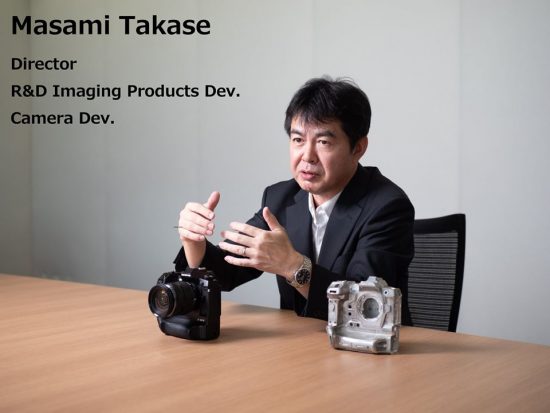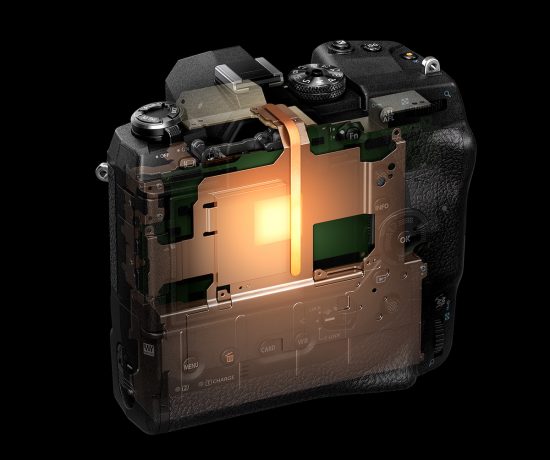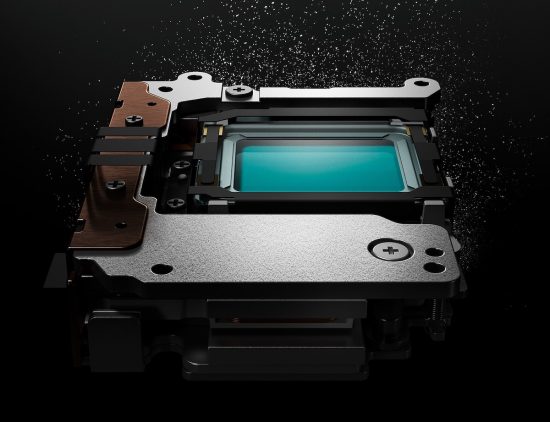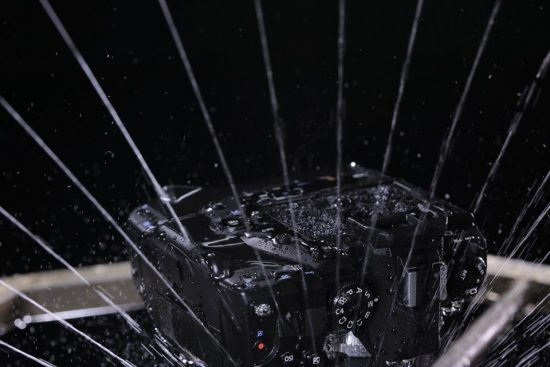
Interview with Masami Takase, Director of R&D Imaging Products Dev. Camera Dev. at Olympus:
Today we wish to share with you the first of a two-part interview with Masami Takase, R&D Imaging Products, Director at Olympus. This interview was conducted at the OM-D E-M1X touch and try event in Tokyo.
We developed the mechanism of the E-M1X by focusing on reliability. And one of the most important elements of reliability is to avoid giving customers things to worry about.
Take heat radiation, for example. A system that gets hot when it’s in use is out of question. So, of course, the E-M1X can be safely used without worrying about overheating. To make this possible, we developed and incorporated new mechanisms inside the camera body.

One of the most salient features of the E-M1X is its use of two image processing engines. This is the secret to the camera’s high-speed, high-quality performance. But it also means that it produces a lot more heat than previous camera bodies. The amount of heat generated when the engines are run at full power in 4K movie shooting or in the Pro Capture mode is considerable.
Though the body is larger than the previous OM-D, this is not of much help. Because the heat tends to build up in one location, it needs to be dissipated to cooler locations. The first idea that springs to mind is to transfer the heat using a metallic plate instead of a plastic plate. Unfortunately, even though the thermal conductivity of the metallic plate is higher than the plastic plate, it is still not enough to cool the camera.

So we decided to use a heat pipe. This consists of a vacuum pipe containing a volatile liquid. When heated, the liquid is gasified and the vapor is transferred instantaneously to the other end.
In addition to improving heat dissipation, another factor that contributes to the camera’s reliability is its toughness. This means that no matter the stress or abuse the equipment is subjected to, it should keep on working as if nothing happened. In the past, part of our testing involved dropping products from a certain height onto a hard tile floor. The E-M1X was put through even more rigorous testing- in one test we evaluated how a body hits the ground while attached to a monopod that has tipped over. These impacts are especially hard on a camera because the angle which a monopod tips causes the body to hit the ground at a different angle compared to a normal vertical drop. Nevertheless, the body continued to function normally after this test.*1

The dustproof and splashproof performance of our products have already been highly rated by our customers, and the E-M1X has also passed the most stringent tests. Although the IPX1 international standard it clears was originally intended for permanently installed products, we tested the equipment against a standard one rank higher in all aspects and succeeded in clearing it. In the development phase, we also conducted splashproof testing under conditions much more extreme than IPX1 – almost close to testing in a shower.*2
We are committed to raising the safety level of our products – even if it’s just by one step. That is our policy.
*1: The result of dropping on the ground during actual use is not guaranteed.
*2: The guarantee level is set equal to IPX1.
Source: Facebook